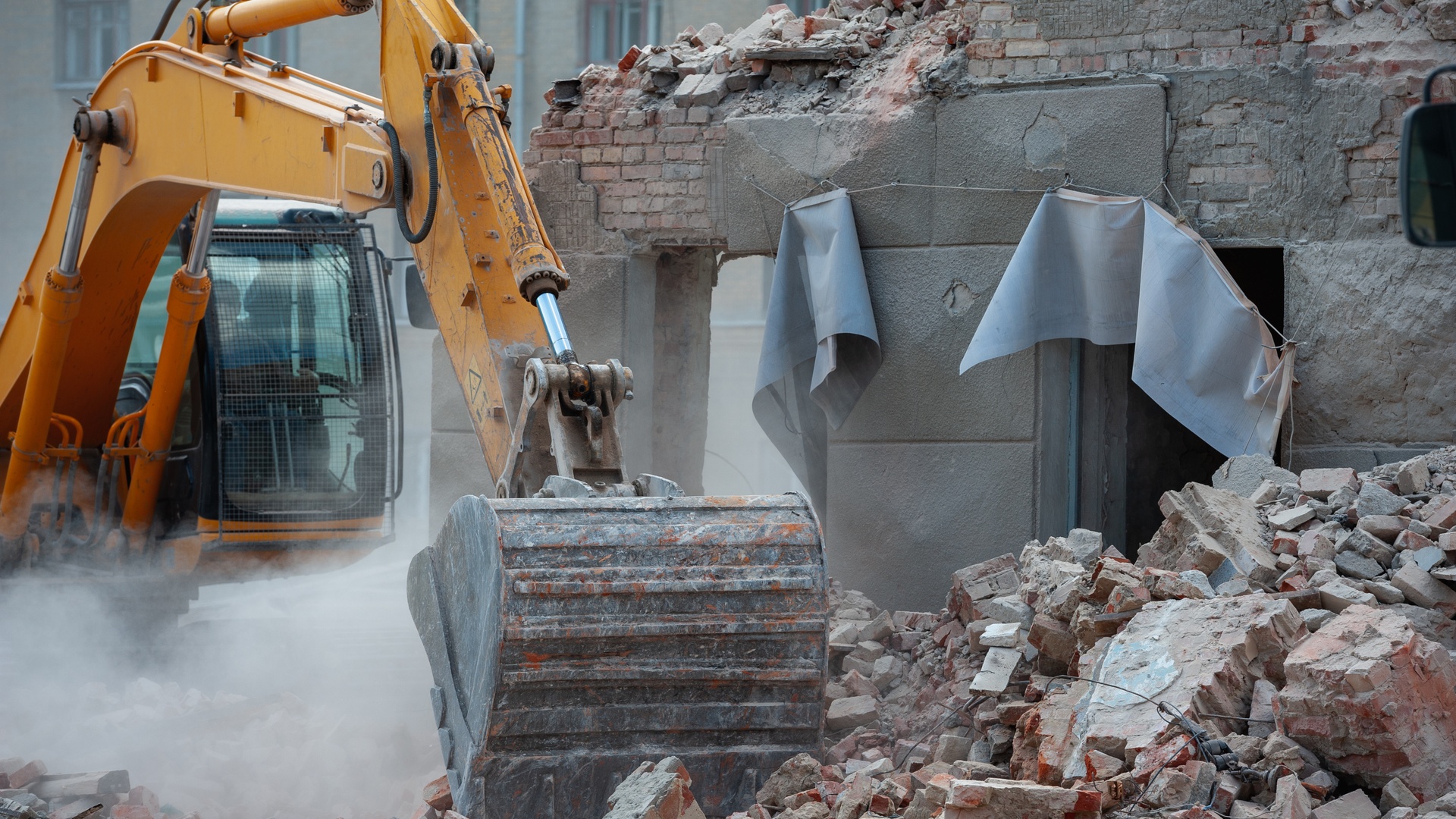Tips Your Construction Crew Can Use for a Safer Demolition

Demolition work stands among the most challenging and potentially dangerous tasks in construction. When done carelessly, it exposes crews to accidents, introduces environmental hazards, and creates costly setbacks. However, with thoughtful planning, proper protocols, and clear execution, you can make demolition projects safer and more effective for your team.
Wear Proper PPE
One of the most important tips your construction crew can use for a safer demolition is wearing proper personal protective equipment (PPE). Safety starts with what you wear. Every team member should have hard hats, goggles, steel-toed boots, gloves, and high-visibility vests.
For zones with heavy debris or hazardous materials, include respirators and hearing protection. Investing in PPE not only minimizes onsite injuries but also shows your team that their safety matters. Small changes like this can make risky demolition tasks more manageable and secure.
Use the Right Tools and Equipment
Not all tools suit every demolition job, which makes the selection process critical. Match the tools to the task at hand to avoid unnecessary risks.
Ensure that powerful machinery such as excavators and wrecking balls undergo regular inspections to rule out mechanical faults. Additionally, provide proper training for heavy equipment operators to prevent missteps during complex tasks.
When dealing with smaller demolition areas, handheld tools like sledgehammers or pry bars often work best. By using the right tools for the job and maintaining them diligently, you substantially boost efficiency and workplace safety.
Control the Dust
Demolition zones are notorious for dust clouds that reduce visibility and pose health risks. Controlling dust in construction zones should be a priority from the start.
Implement dust suppression techniques such as water spraying to keep airborne particles manageable. Use ventilation systems or portable air filters to improve air quality, especially in enclosed spaces. Providing masks with high filtration efficiency protects the crew from inhaling harmful particles. By actively mitigating dust risks, you not only ensure a healthier work environment but also create conditions for safer, clearer demolitions.
Use Strong Communication
Establish a clearly defined communication protocol that everyone on-site adheres to. Use radios, handheld devices, or hand signals to relay instructions efficiently across noisy environments.
Before each task, ensure your team understands where to position themselves, what to expect, and how to signal potential hazards. Regular check-ins and team huddles keep everyone on the same page and reinforce the importance of collaboration throughout the demolition process.
Dispose of Waste Correctly
Once demolition begins, debris quickly starts piling up. Proper waste handling not only maintains a clean site but eliminates many fire or injury-related risks.
Separate recyclable materials from hazardous waste to comply with environmental regulations. Use sturdy containers or designated areas for heavy debris to prevent site clutter.
Promptly removing waste from active work zones allows your team to focus on their tasks without unnecessary hazards. By treating waste disposal as an integral part of the demolition process, you maintain both safety and professional accountability.
Start Conducting Safer Demolitions
Your construction crew can use these tips to create a foundation for better practices on-site for a safer demolition. Demolition is a complex process, but the right mindset and methods simplify the process. By prioritizing safety, you protect your crew’s well-being and ensure the project’s success.








